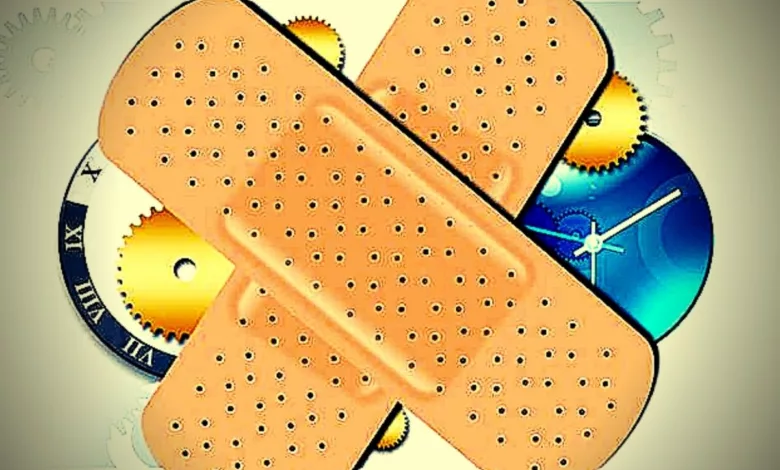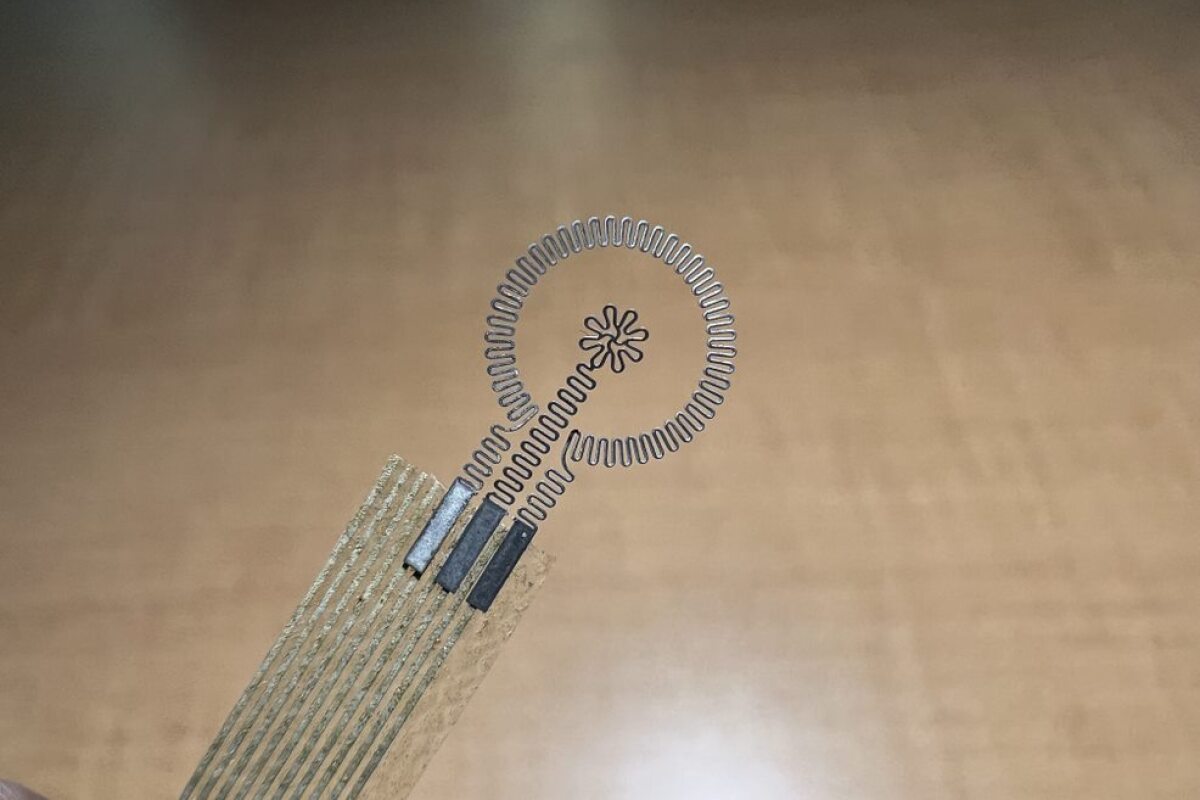E-Bandage: The Revolution In The World Of Healing.
According to the researchers, the untried bandage can be an important tool for diabetic patients whose ulcers can result in several consequences, including amputation of limbs or even death.

Researchers have created a tiny, elastic bandage that is the first of its type that delivers electrotherapy directly to the injury to speed healing by 30%. In an animal experiment that was reported in the journal Science Advances, mice wearing the novel bandage recovered from diabetic ulcers far more quickly than mice without it. Moreover, the bandage actively monitors the healing process before completely dissolving into the body when it is no more mandated.
According to the researchers, the untried bandage can be an important tool for diabetic patients whose ulcers can result in several consequences, including amputation of limbs or even death. According to them, it is the first electrotherapy-delivery bioresorbable bandage and the first clever regenerating system.
Diabetes makes infections more harmful and difficult to cure, according to research co-author Guillermo A. Ameer of Northwestern University.
There is a critical unmet demand for these people’s cost-efficient, effective remedies. The novel bandage locks wounds effectively to avoid infections and future complications while being affordable, simple to use, universal, friendly, and easy to apply, Ameer added. Despite being an electronic device, the novel bandage’s active parts that contact the injury are resorbable.

John A. Rogers, a researcher at Northwestern University who co-led the study, argued that the materials “disappear spontaneously when the healing process is complete, so restricting potential damage to the tissue that may otherwise be caused by physical extraction.”
The bright intellects behind the revolutionary idea of E-bandage.
Ameer, an intellect in regenerative engineering, is a professor of surgery at Northwestern University Feinberg School of Medicine and the Daniel Hale Williams Professor of Biomedical Engineering at Northwestern University McCormick School of Engineering. Also, he is the head of the National Institutes of Health-funded predoctoral Regenerative Engineering Training Program and the Center for Advanced Regenerative Engineering (CARE).
At McCormick and Feinberg, Rogers holds the Louis Simpson and Kimberly Querrey Professorships in Materials Science and Engineering, Biomedical Engineering, and Neurological Surgery. The Querrey Simpson Institute for Bioelectronics is also in his direction.
The scientific ideas behind the creation.
Electrical force.
Between 15 to 25% of the almost 30 million Americans with diabetes get a diabetic foot ulcer at some time in their lives. Diabetes patients may face a minor cut or blister that goes undetected and untreated since the disease can destroy nerves and create numbness. High glucose is responsible for capillary walls stiffening, which restricts blood flow and makes it harder for these wounds to heal. The conditions are right for a minor injury to turn into a catastrophic one.
The investigators wanted to know if operating electrical stimulation therapy may speed the recovery of these challenging wounds. Ameer claims that trauma may interfere with the body’s normal electrical impulses. By electrically stimulating the body to regenerate regular signaling, it draws new cells to the wound.

Ameer said that the human body depends on electrical impulses to operate. They made an effort to improve or repair the electrical environment around the injury. They saw that cells moved into the incision quickly and formed new skin tissue there. New blood vessels were present in the newly formed skin tissue, and inflammation was reduced.
Clinicians have always employed electrotherapy to promote recovery. Yet, the majority of that equipment consists of heavy, interconnected devices that must be employed in a medical setting and under supervision. Ameer collaborated with Rogers, an intellect in bioelectronics who originally proposed the idea of bioresorbable electronic medicine in 2018 to create a more comfortable device that could be used frequently at home.
Remote management.
The two researchers and their teams ultimately developed the tiny, flexible bandage that delicately envelops the damaged region. On one side of the smart regeneration system, there are two electrodes. The first is a tiny electrode in the shape of a flower that rests directly on the wound, and the second is an electrode in the shape of a ring that sits on healthy tissue and circumscribes the whole incision. On the opposite side of the device are a near-field communication (NFC) system and an energy-harvesting coil that powers the system and wirelessly transmits data in real-time.
Also, the team employed sensors that could assess how nicely a wound was healing. By measuring the resistance of the electrical current flowing over the injury, doctors can monitor healing. A consistent drop in current measurement and the healing process are directly related. In this situation, if the current is high, doctors are aware that something is wrong. These characteristics allow the device to be wirelessly operated. A physician may monitor the wound’s recovery and determine when to use remote electrical stimulation.
According to Ameer, an injury creates wet surroundings because it attempts to heal. When it recovers, it should eventually dry up. They can identify moisture by monitoring the electrical resistance in the damage because moisture affects the current. The researchers may then gather that data and wirelessly send it. They want the injury to heal entirely within a month with injury care treatment. Concerns may be raised if it takes longer.

The researchers used electrical stimulation on animal models for approximately 30 minutes each day. Even in this little period, the closure was hastened by 30%.
The act of disappearing.
The flower-shaped electrode instantly dissolves into the body once the incision has healed, negating the need to recover it. The researchers employed molybdenum, a metal that is often used in semiconductor and electrical applications, to create electrodes. It was found that molybdenum can be biodegraded if it is thin enough. Also, it does not block the healing process.
According to Ameer, these researchers were the first to show how molybdenum may be used as a biodegradable electrode for injury recovery. Most of it disappeared after roughly six months. And they found that the organs had barely any buildup. Nothing unusual happened. But they don’t predict any problems because they use such a small amount of metal to make these electrodes.
The team’s next step is to test their bandage on a bigger animal model for diabetic ulcers. They then plan to test it on people. The bandage confronts fewer regulatory challenges since it uses the body’s natural ability to mend itself without releasing medications or biologics. Patients may thus experience its availability on the market much sooner.
The last call.
In a world where technological advancements are stepping their foot in every discipline, why the medical industry should lag? This revolutionary bandage will not only heal diabetic patients to heal their wounds at a prompter speed but might also put lights on the way for more medical innovations.
Edited by Prakriti Arora




